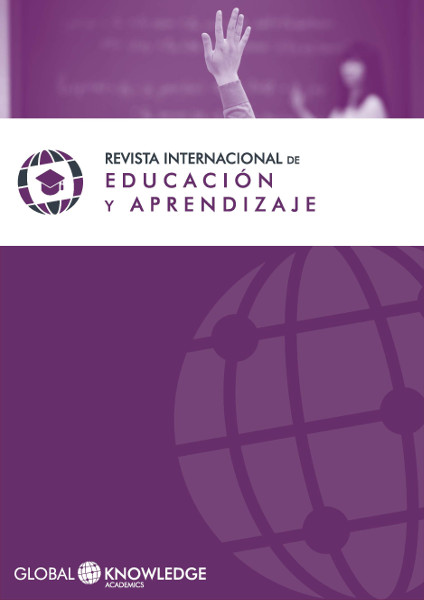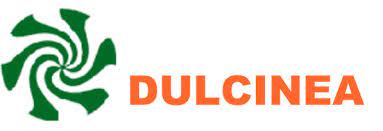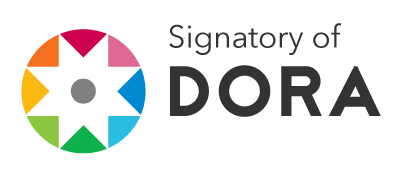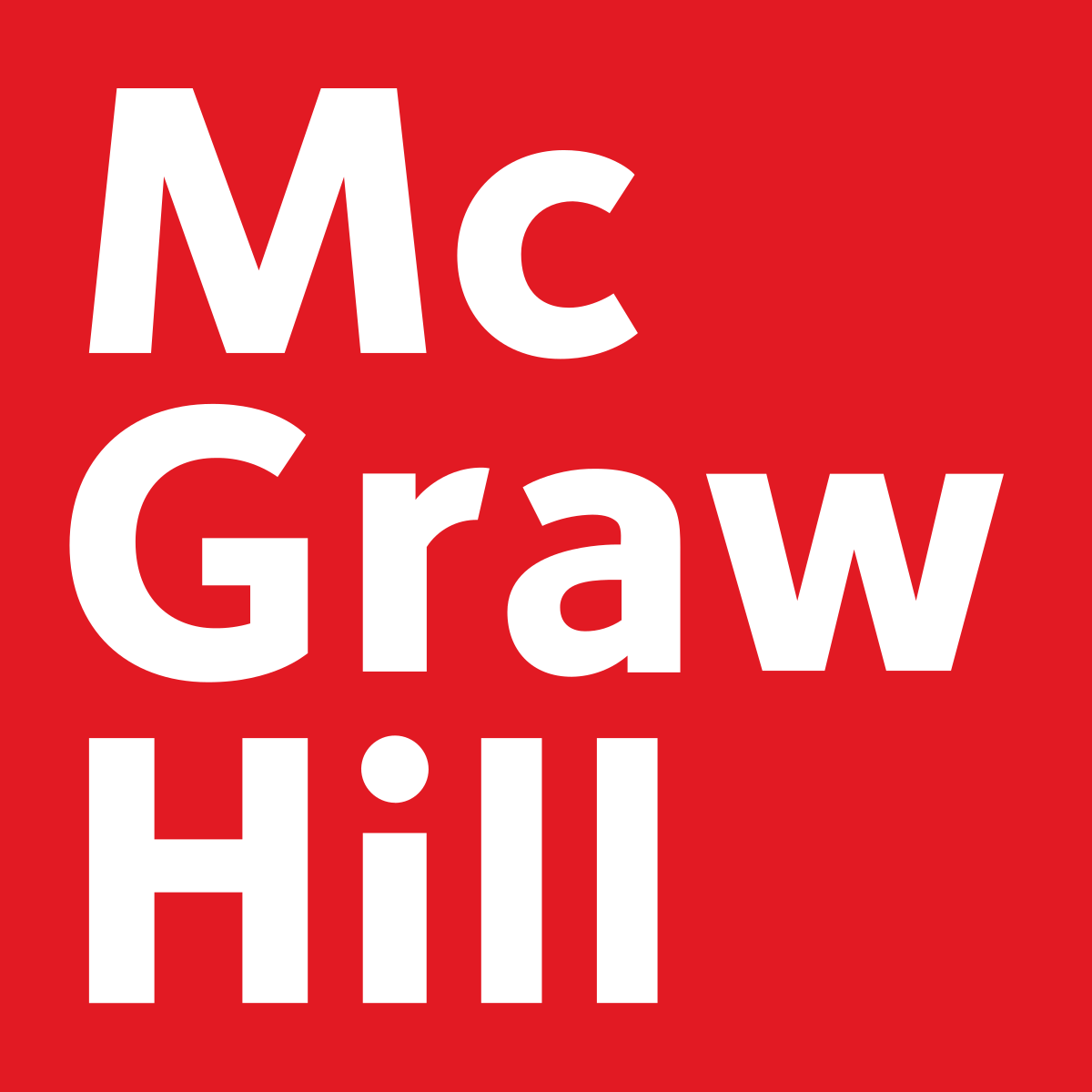A Teaching Experiment Based on Updating the Guide Differential Calculus Text for Students of Engineering in Chile, its State of the Art
DOI:
https://doi.org/10.37467/gka-revedu.v4.208Keywords:
Experiment Teaching, Textbook, Differential CalculusAbstract
His paper aims to show the state of the art relevant to a study that considers the development of a teaching experiment (Plomp, 2010) (design, planning and analysis of a teaching unit) to promote the teaching and learning of future engineers newly admitted to the Catholic University of Valparaiso, Chile. This experiment is based on the redesign of the textbook under the eaves of the teaching of mathematics . Under the qualitative paradigm, we addressed the state of the art from two angles: the teaching experience and the texts used today. On teaching experience, we analyze, from a survey, the way this textbook has been used and its implication in teaching at the University. For second edge, we considered the study of texts mostly employees in three prestigious universities in our country, observing their mathematical components and / or the teaching of mathematics. The results show a variety of ways in which the text is used, from a simple suggestion for the college student, until explicit support, class to class. On the other hand, use of texts that have a strong disciplinary component (mathematics), to the detriment of the teaching is evident. This leaves us in a complex and challenging scenario for teaching experiment: the design of a text that promotes the connection between mathematics and its teaching as a means to strengthen the teaching and learn- ing of mathematics at higher level.
Downloads
Global Statistics ℹ️
|
539
Views
|
212
Downloads
|
|
751
Total
|
|
References
Arancibia, S. y Mena, J. (1996). Cálculo Diferencial para Ingeniería. Ediciones Universitarias.
Edwards, C. y Penney, D. (1996). Cálculo. Prentice Hall.
Guzmán, I., Ramos, E. y Mena, A. (2009). ¿Cómo se enseña en la Universidad? El caso de los Nú-meros Reales. En Orus P., Zamora L. y Gregori P. (Eds.), Teorías y Aplicaciones del Aná-lisis Implicativo. España.
Hernández, R., Fernández C. y Baptista, P. (2010). Metodología de la investigación. México: McGraw-Hill.
Krippendorff, K. (1990). Metodología de análisis de contenido: teoría y práctica. Barcelona, Espa-ña: Paidós.
Leithold. L. (1998). El cálculo. Editorial OUP-Harla. México.
Plomp, T. (2010). Educational design research: An introduction. En T. Plomp y N. Nieveen (Eds.), An Introduction to Educational Design Research (pp. 9-35). Enschede, Países Bajos: SLO.
Purcell, E. J., Rigdon, S. E. y Varberg, D. E. (2007). Cálculo. Pearson Educación
Stewart, J. (2007). Introduccion al cálculo/Calculus: Early Transcendentals. Cengage Learning Editores.
Downloads
Published
How to Cite
Issue
Section
License
Those authors who publish in this journal accept the following terms:
-
Authors retain copyright.
-
Authors transfer to the journal the right of first publication. The journal also owns the publishing rights.
-
All published contents are governed by an Attribution-NoDerivatives 4.0 International License.
Access the informative version and legal text of the license. By virtue of this, third parties are allowed to use what is published as long as they mention the authorship of the work and the first publication in this journal. If you transform the material, you may not distribute the modified work. -
Authors may make other independent and additional contractual arrangements for non-exclusive distribution of the version of the article published in this journal (e.g., inclusion in an institutional repository or publication in a book) as long as they clearly indicate that the work was first published in this journal.
- Authors are allowed and recommended to publish their work on the Internet (for example on institutional and personal websites), following the publication of, and referencing the journal, as this could lead to constructive exchanges and a more extensive and quick circulation of published works (see The Effect of Open Access).













